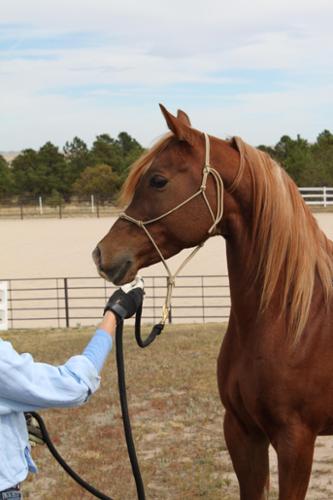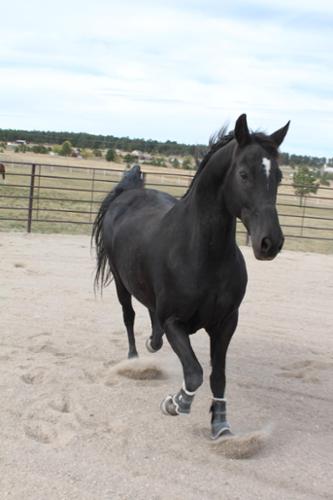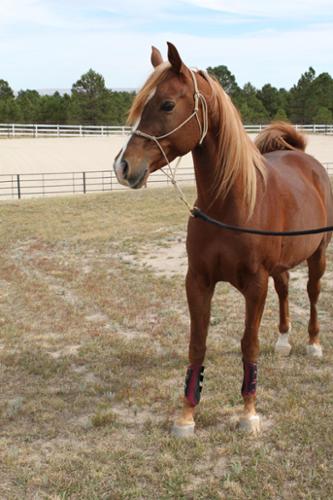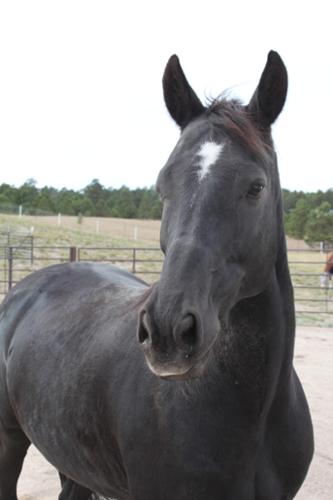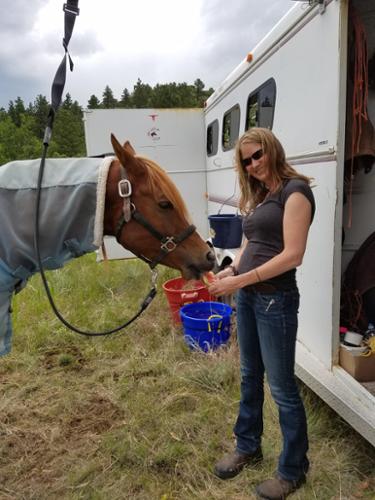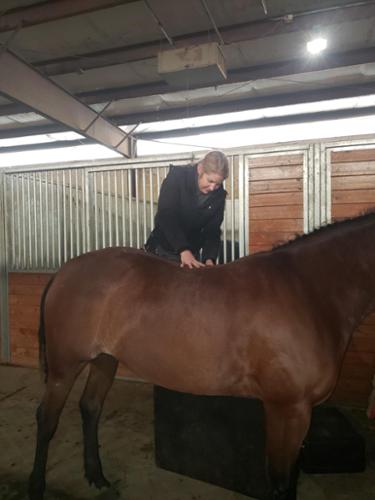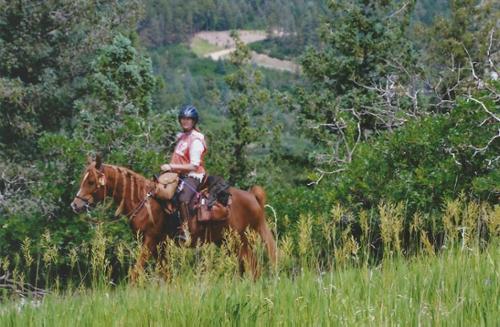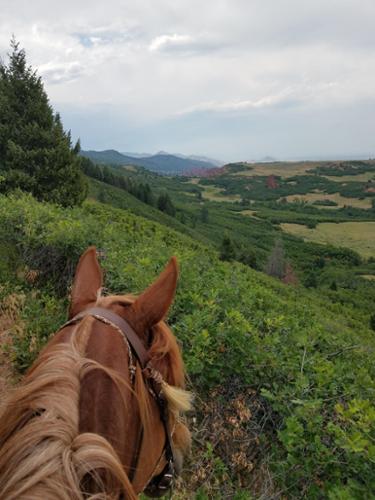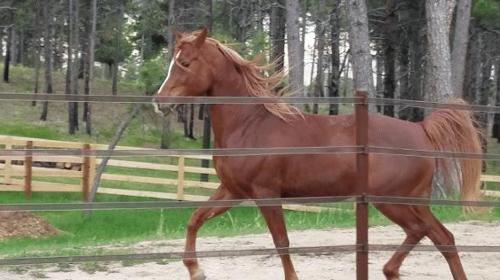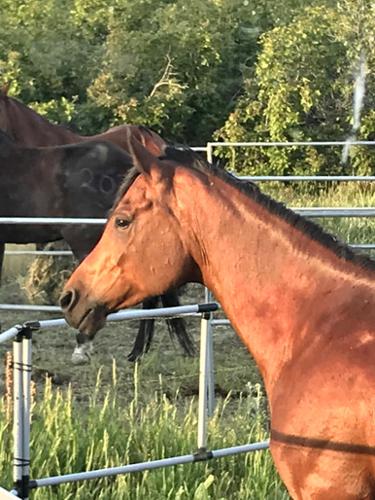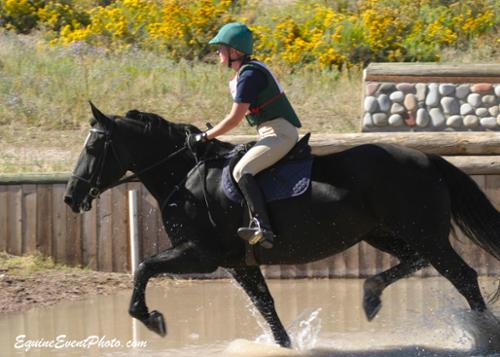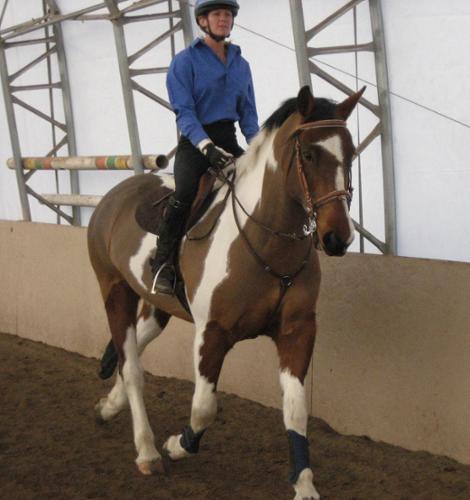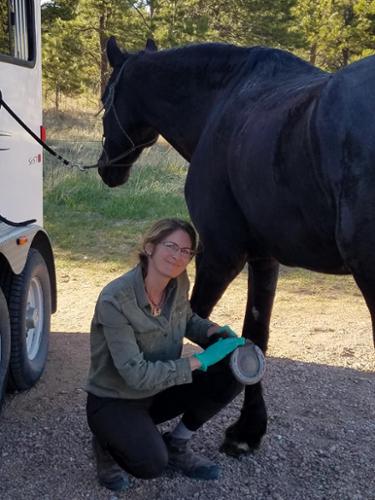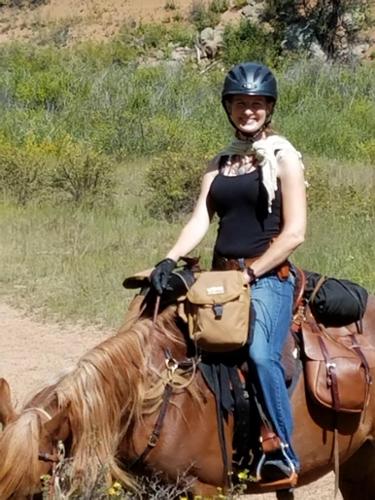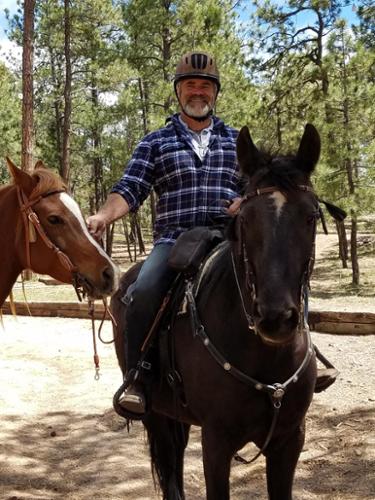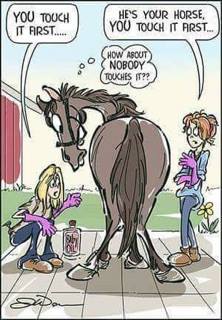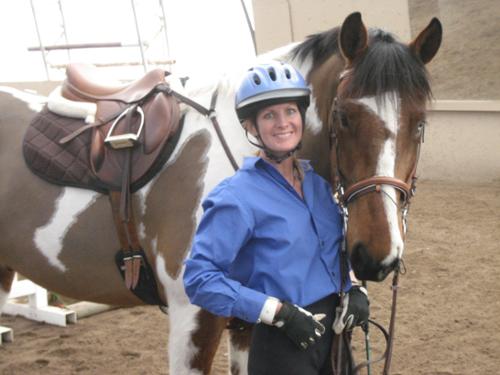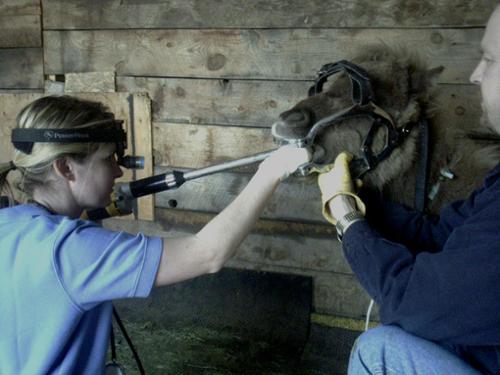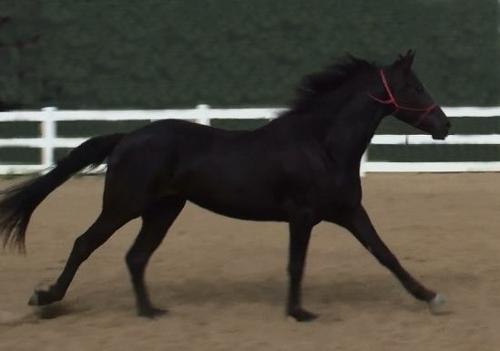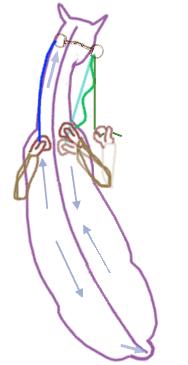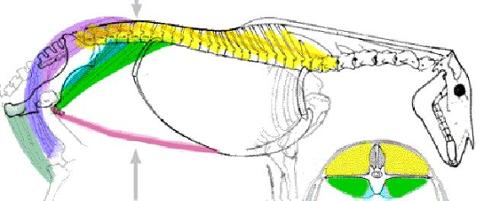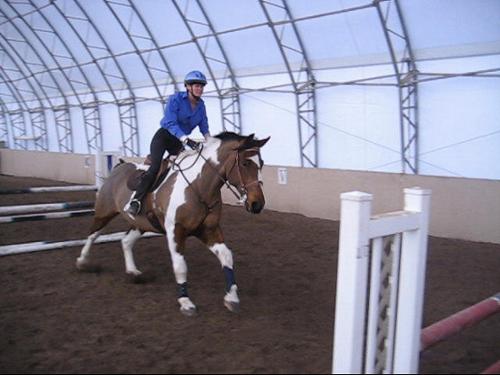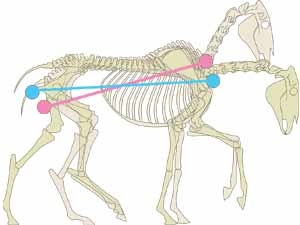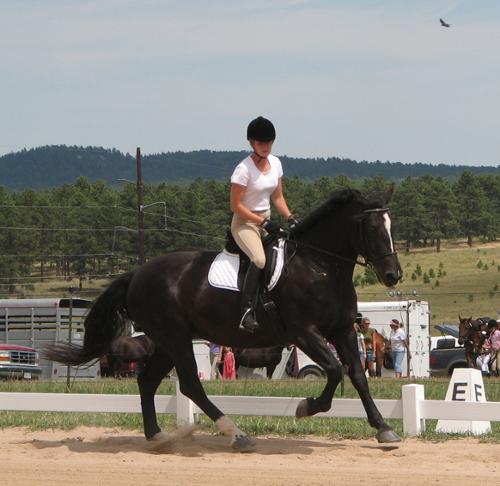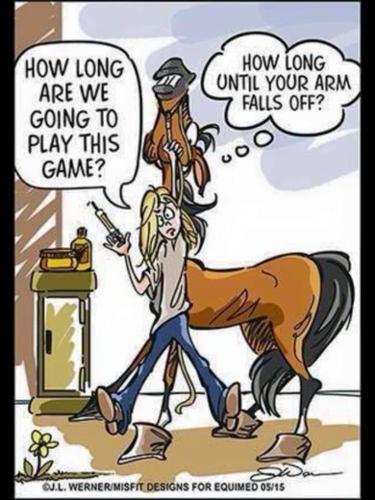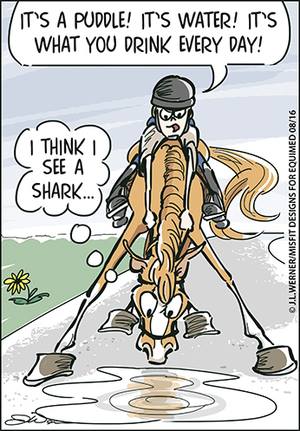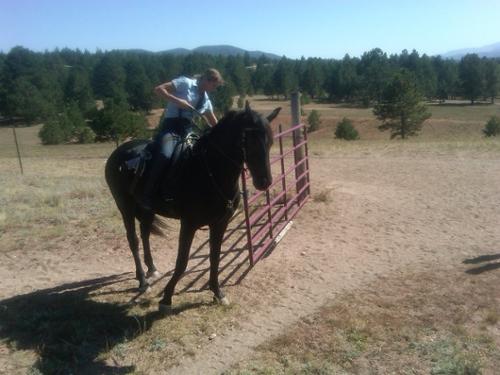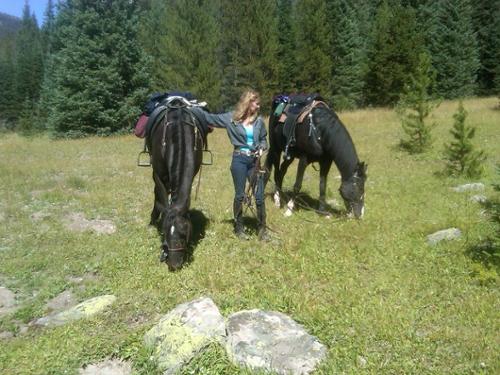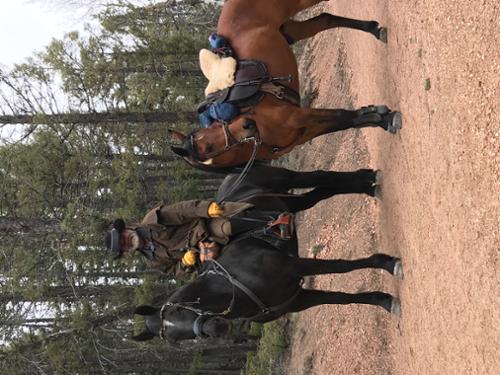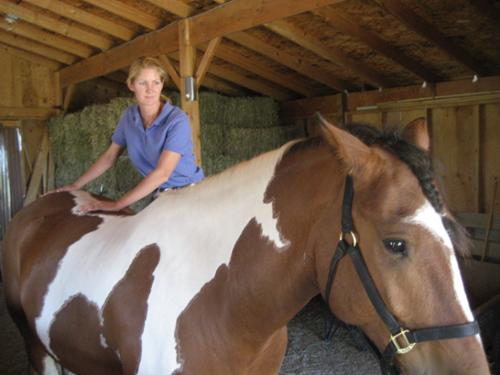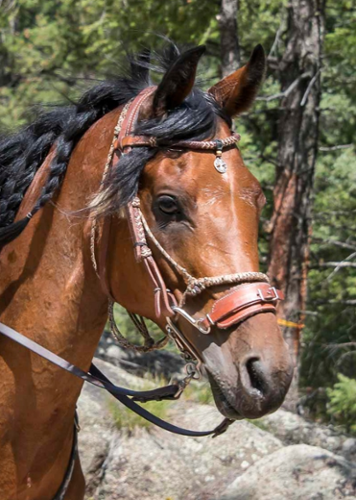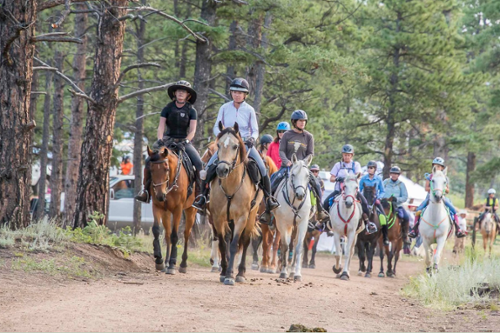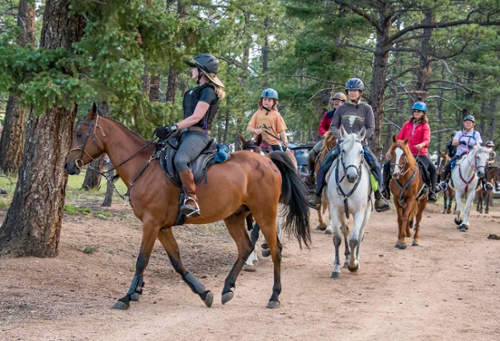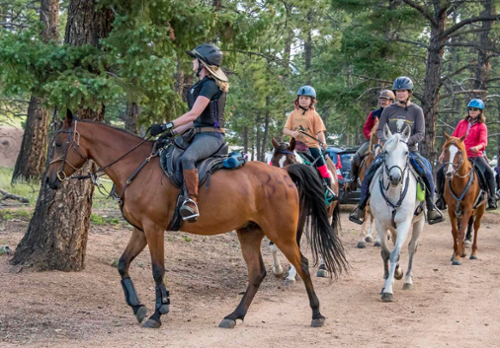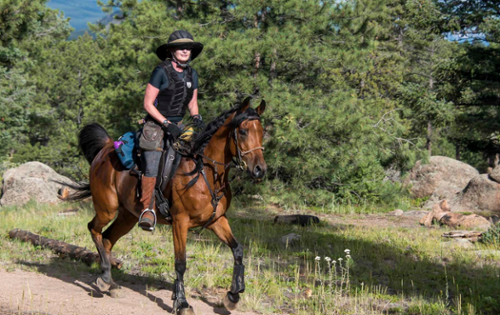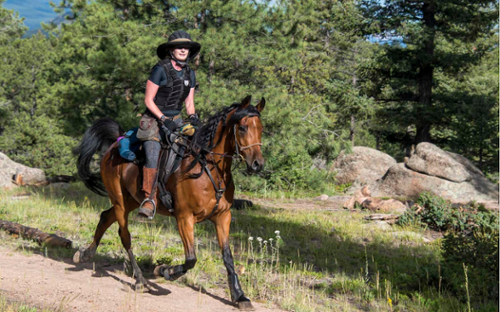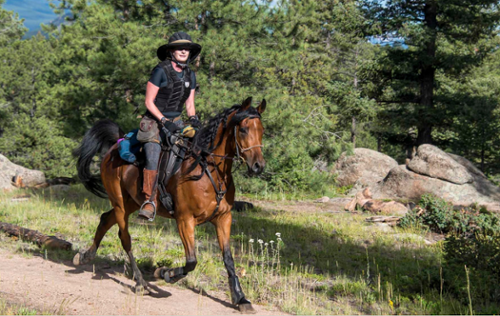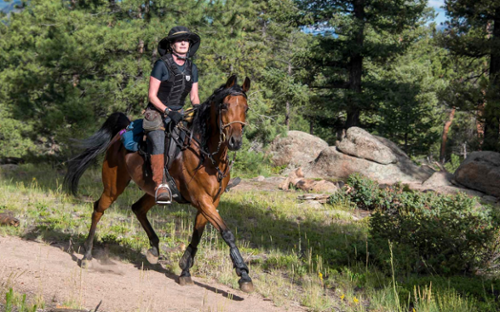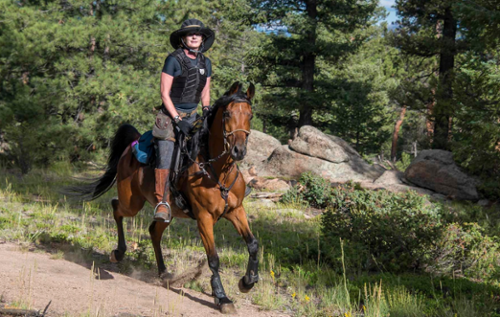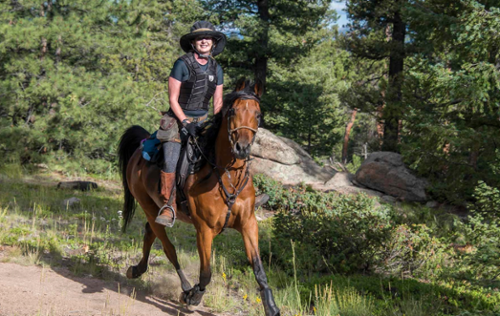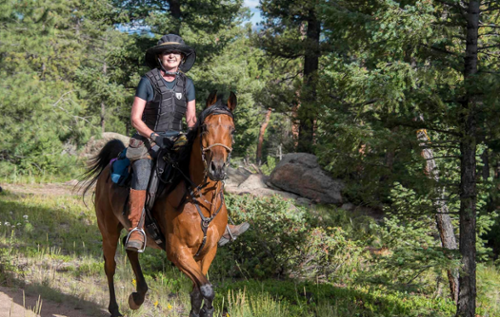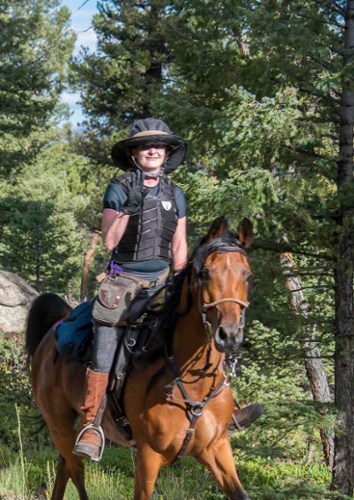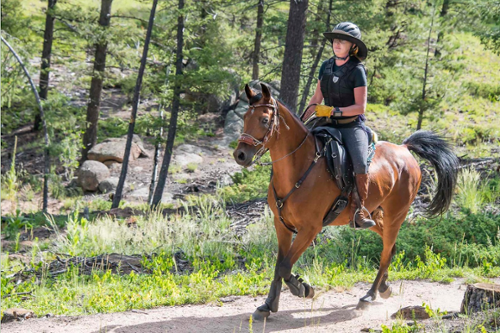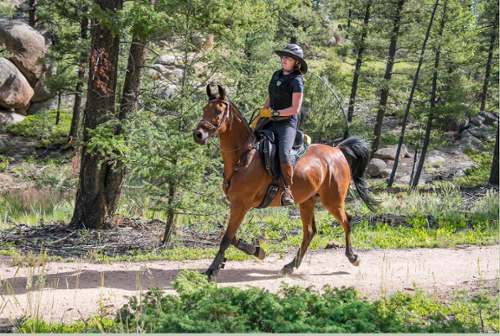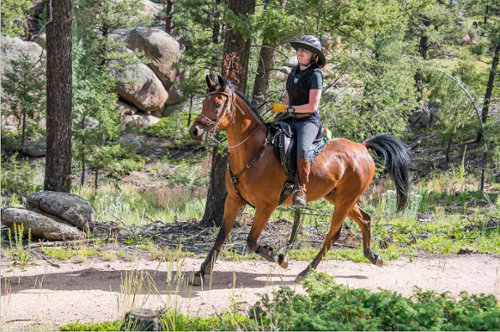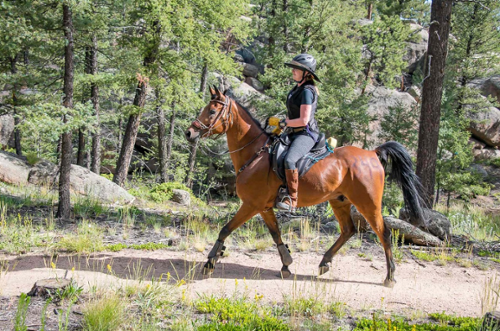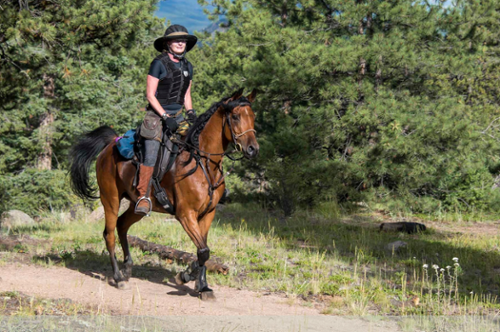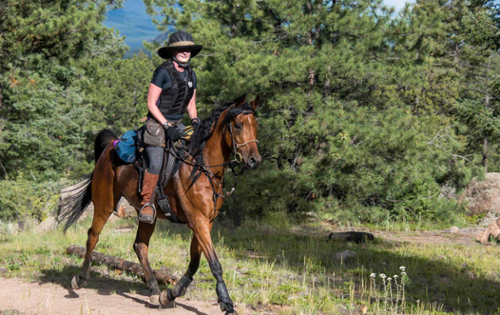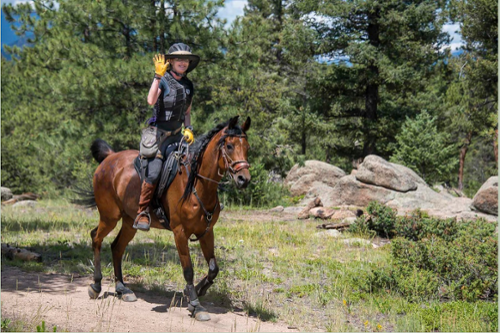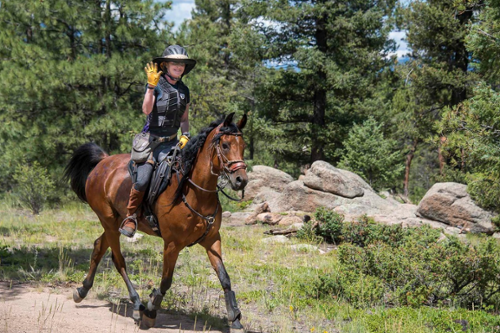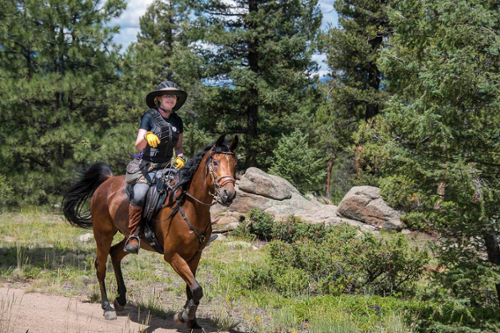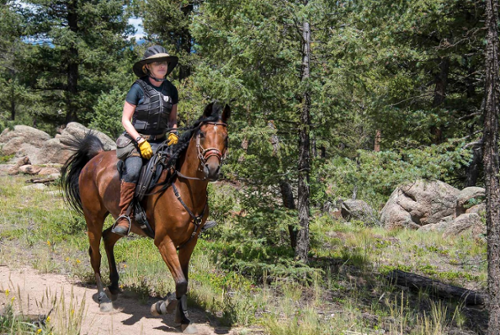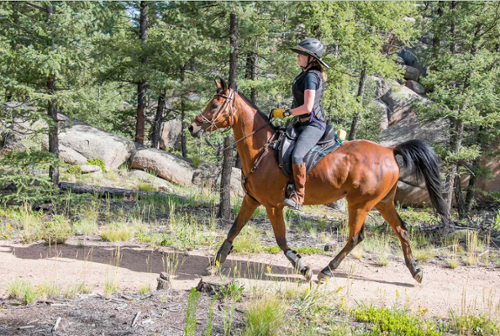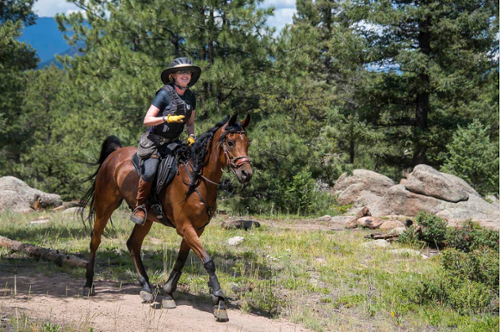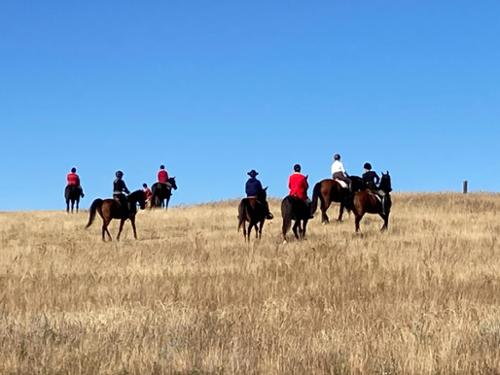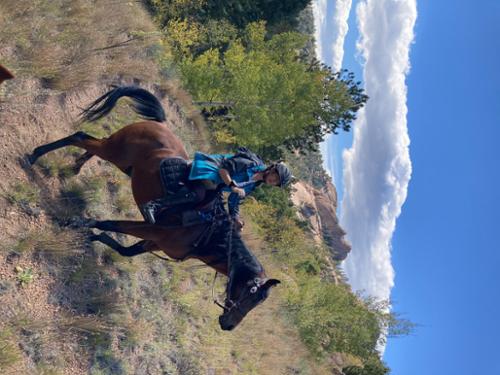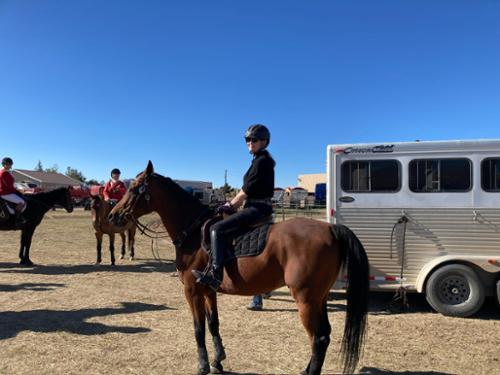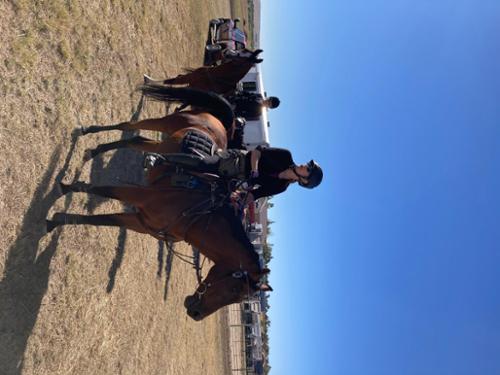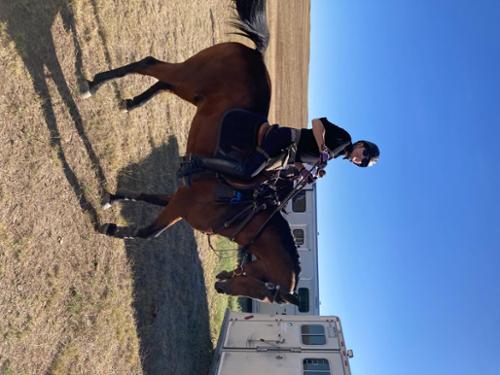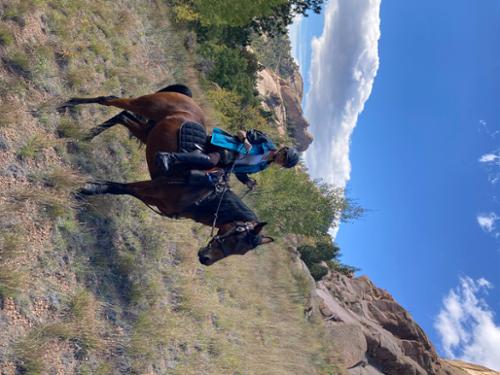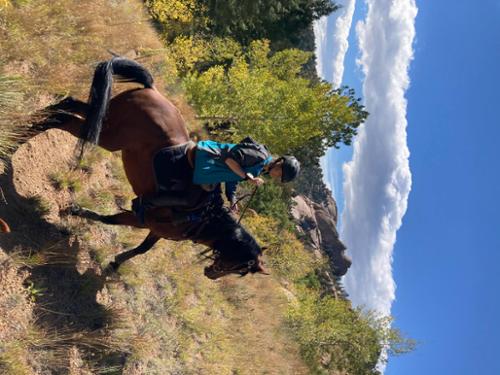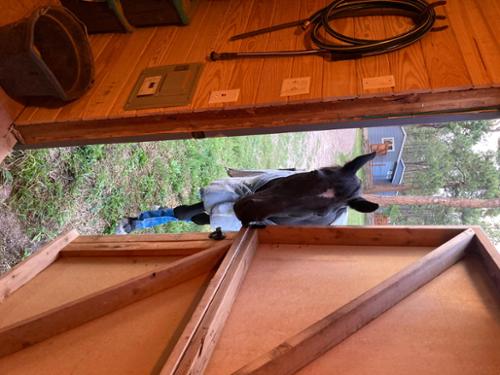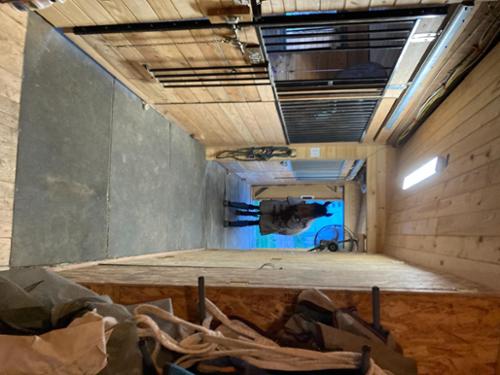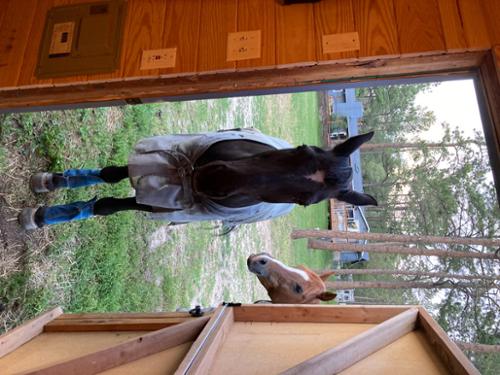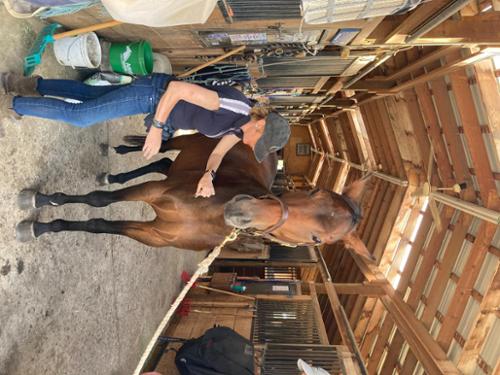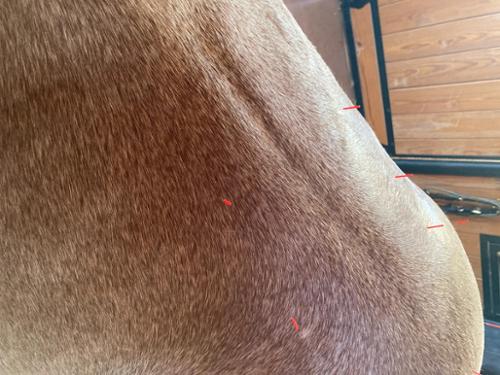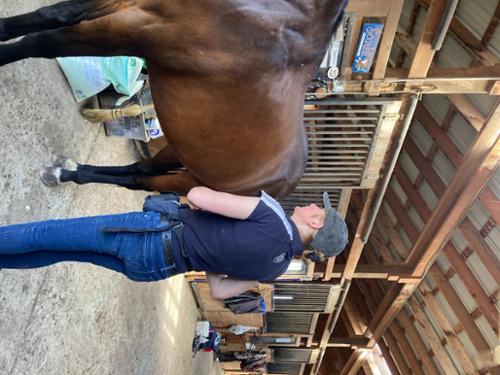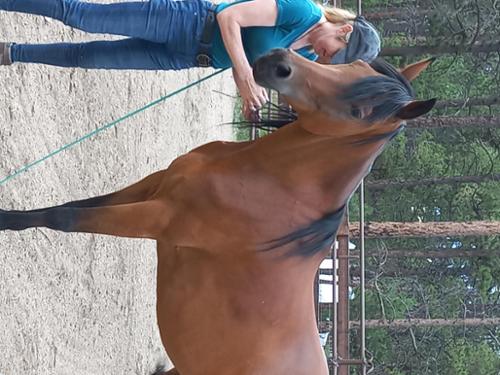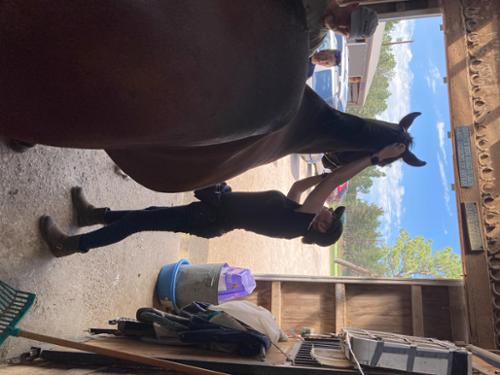Exclusively Equine Acupuncture and chiropractic
Enhancing Optimal Health Through Balance and Alignment.
We are accepting new clients in the
Black Forest area.
Exclusively Equine Acupuncture and Chiropractic
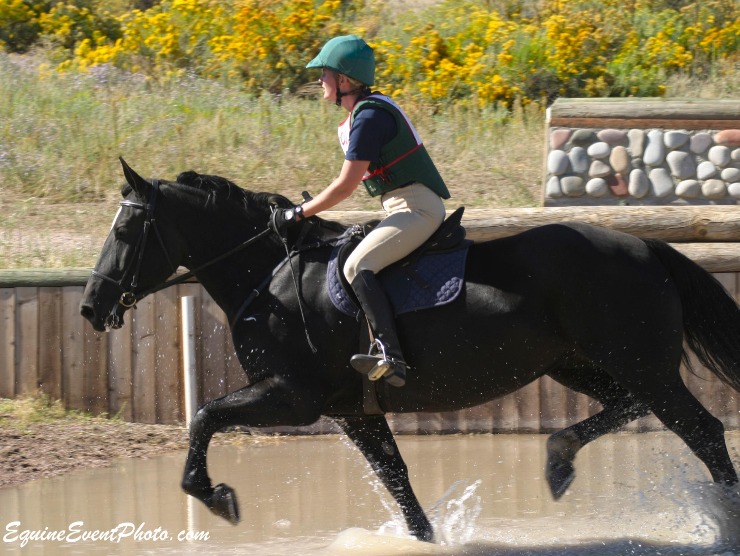
OUR MISSION:
Establishing and restoring optimal function and health through Specific Chiropractic Care, Structural Alignment, Neuromuscluar Balancing , Acupuncture.
OUR MISSION:
To provide exceptional care respecting the relationship between Horse and Owner.
OUR MISSION:
Communication is a key component through on time appointments, prompt returning of calls, texts, and emails.
Why Exclusively Equine Acupuncture and Chiropractic?
Dr. Blackwood offers quality service in Black Forest Colorado and surrounding areas. To provide the best possible care, Sandra Blackwood, DVM, CVSMT has chosen to limit her practice to equine acupuncture and chiropractic. Instead of dividing her attention between all aspects of equine medicine, Dr. Blackwood specializes in chiropractic/acupuncture/sports medicine cases. During any chiropractic case, Dr. Blackwood typically lunges the horse as well as screens for stomach / intestinal pain and looks for other health problems to identify underlying reasons for the horse's discomfort and optimize your horse’s health and well-being.
Dr. Blackwood received her undergraduate degree in biology from Grinnell University, graduating Summa Cum Laude. She received her Graduate degree in Veterinary Medicine from Colorado State University, graduating Summa Cum Laude. Her post-graduate training in Veterinary Spinal Manipulative Therapy at the Healing Oasis Wellness Center in Wisconsin in 2005. She went on to complete her equine acupuncture training in 2006, from the Chi Institute in Florida. However, the horses have been her best and most instructive teachers. Her file of cases treated is in the thousands over 20 years. The combination of veterinary training and life-long participation in multiple disciplines of the horse experience gives Dr. Blackwood a unique approach to equine spinal care. Every horse she examines for chiropractic care is also evaluated for underlying problems, particularly lameness. If these problems are not identified and addressed, they are likely to reoccur
Chiropractic Facts
Probably the most common question we are asked is how we adjust an animal as large as a horse. It must take a lot of force, right? Actually, excessive force can tear ligaments, strain muscles, and even fracture cartilage. The key to adjusting a horse effectively is skill, not strength. Unlike most chiropractic manipulations in humans, horses are adjusted a single joint at a time. The force is applied in a very specific direction and in a very specific way. In addition, the horse must be relaxed. Therefore, a thorough understanding of equine anatomy is necessary to perform effective adjustments without excessive, possibly damaging force. Experience tends to result in faster, more precise but less forceful and obvious adjustments. This approach restores spinal balance while causing minimal soft tissue stress and inflammation.
It is important that a chiropractic examination includes an assessment of the whole horse, particularly a gait evaluation for soundness. At least thirty percent of the horses we evaluate have underlying problems that contribute to their chiropractic issues. Low-grade lameness, poor fitting tack or blankets, shoeing issues, and dental problems commonly contribute to back and neck pain in horses. Dr. Blackwood evaluates every horse she adjusts for factors that may be contributing to the horse's problems
MEET THE TEAM
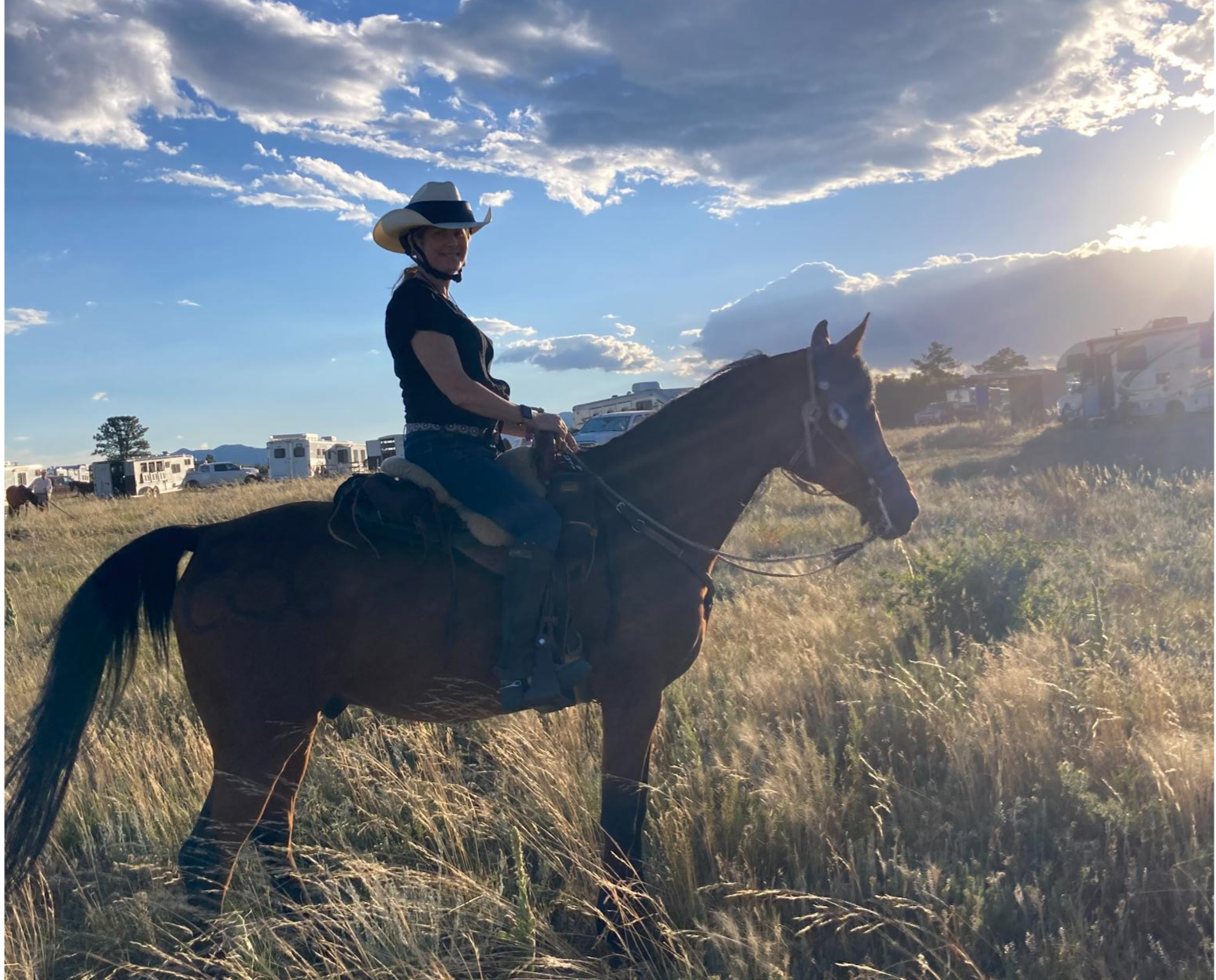
Dr. Sandra Blackwood DVM. CVSM.
Dr. Sandra Blackwood graduated first in her veterinary class at Colorado State University in 1999. Equine veterinary care was a natural culmination of a lifetime love of horses. Her mother reports that her first word was "horsie" and she began riding at the age of five. She began employment in the equine industry at the age of 14, trading chores for lessons.
Dr. Sandi has competed in a variety of disciplines, including dressage, jumping, eventing, competitive trail, and endurance riding. She especially enjoys long trail rides in the mountains. These experiences have made her aware of the benefits of adjustments, soft tissue work, and acupuncture on the long-term soundness and performance of her horses. Also, learning to manage one's own sport horses is one of the best ways to learn the nuances of nutrition, supplementation, saddle fit, and many other facets of horse health that are difficult to learn any other way.
Dr. Sandi has chosen to make chiropractic, and acupuncture the mainstay of her equine veterinary practice. By limiting the scope of her practice, she can provide the very best in equipment, training, and experience.
Eventing with Katanga through a lifetime of experience with horses, Dr. Sandi understands how overall health and comfort affect your equine partner's well-being and performance. Due to their generous nature, many horses perform adequately despite pain. Regular evaluation by a skilled equine chiropractor/acupuncturist can also help your horse stay sound and comfortable for as long as possible. Dr. Sandi has over twenty years experience riding and training many different types of horses, including Arabians, Tennessee Walking Horses, Thoroughbreds, and Warmbloods and over ten years experience in dental specialization and alternative medicine. Dr. Sandi owns two horses of her own; Machi and Nifty, both Arabian geldings. Neo, a Friesian / QH belongs to Lee Blackwood and also lives at home on the property in Black Forest.
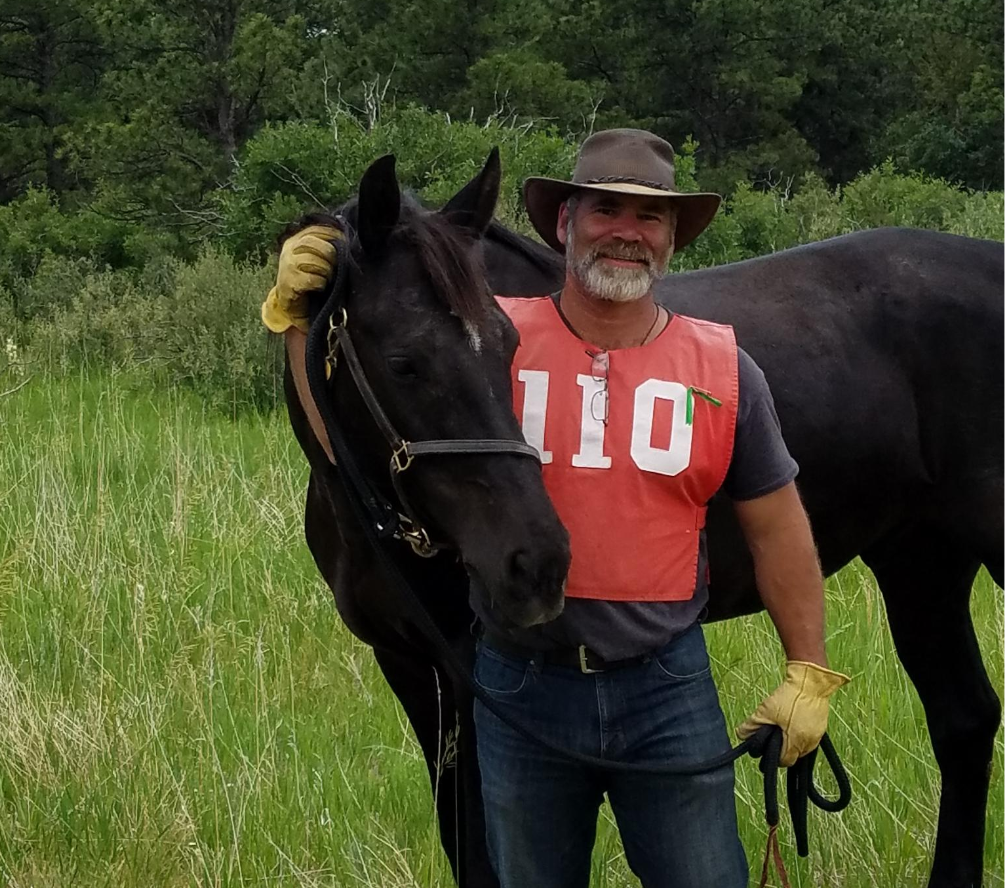
Dr. Lee J. Blackwood DC.
Dr. Lee has been a human chiropractor in practice for 30 years. Graduated Life Chiropractic College West in 1993. Dr. Blackwood Frequently saw small animals in his family practice for years before joining the Exclusively Equine team. His love of animals and years of chiropractic made him a welcome addition to the team.
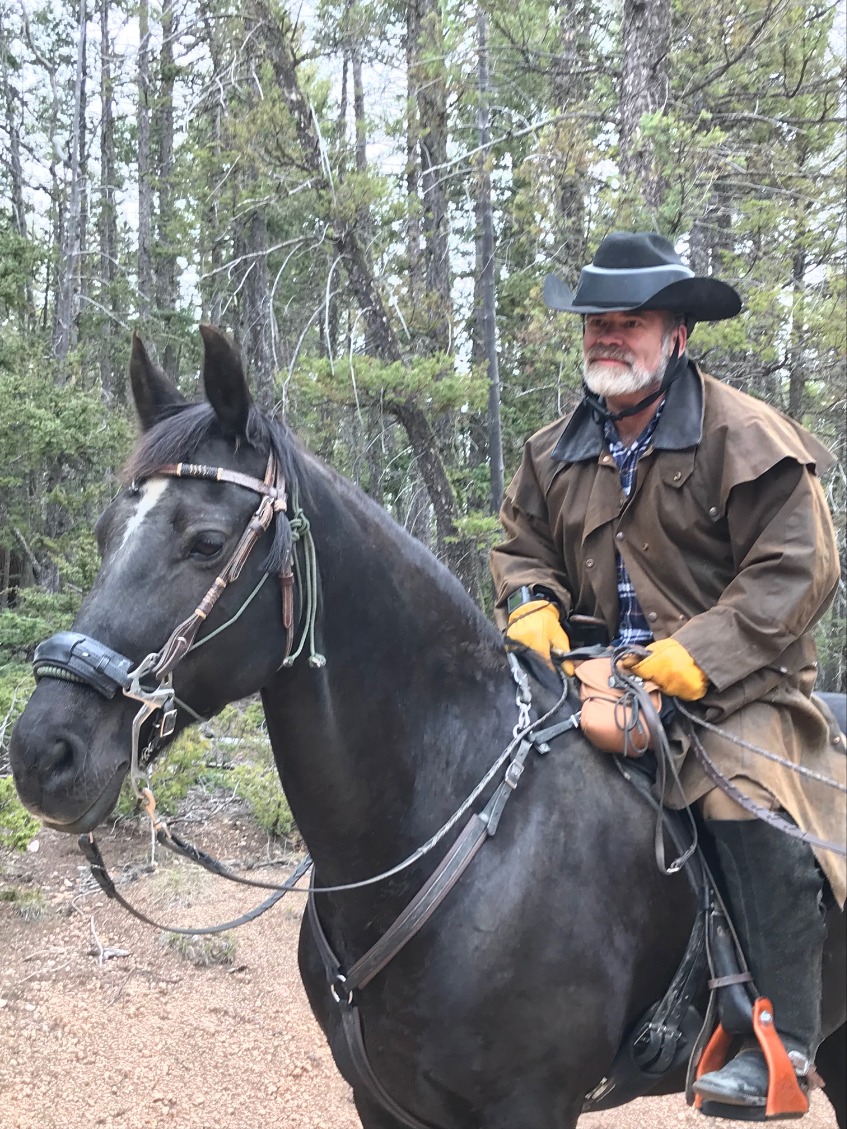
Chiropractic
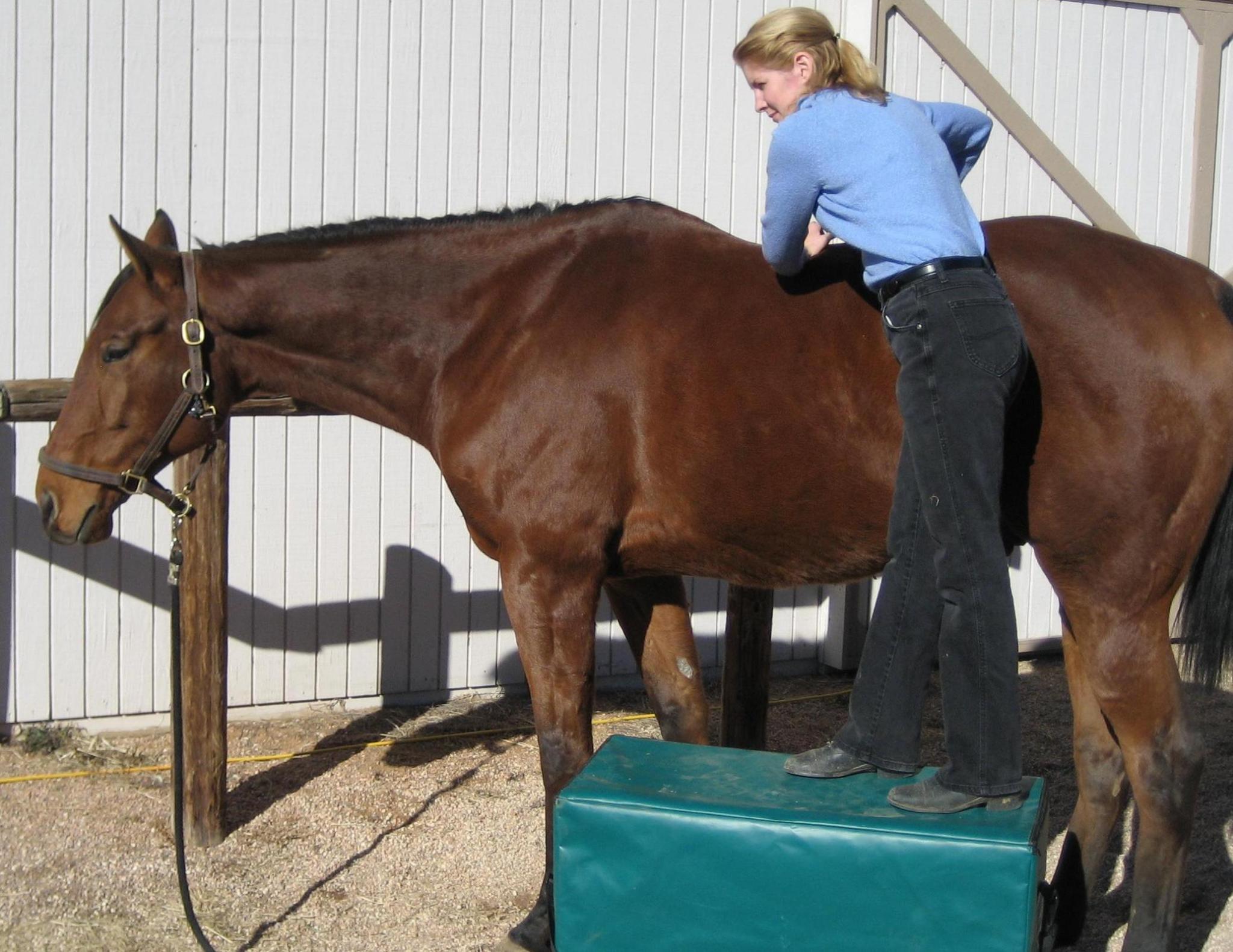
How does chiropractic help my horse and why does my horse need it?
Nearly all horses can benefit from the optimized health and balance of the body achieved through good body work. Chiropractic can be used to prevent problems and enhance your horses symmetry and comfort. Many problems have to be quite severe for a horse to show obvious pain. Ideally, it is better to treat problems before they become advanced enough to cause obvious problems.
There are many common factors, such as stall confinement, riding equipment, ability and symmetry of the rider (many of us have had our own past injuries!), trauma (especially slips or falls), conformation faults, and inherent wear and tear that results in abnormal or limited movement within the spine. Although horses can and do carry us, their back is not really designed for the weight of a rider. Nor do they perform many of the movements we ask of them naturally and repeatibly if left to their own devices.
The most common symptoms of body pain are compensatory changes in gait, posture, and performance. These changes stress other muscles and joints. Common symptoms include:
- Decrease in level of performance
- Difficulty bending on one direction
- Behavioral changes - grumpy behavior, spookiness, moving away when saddled, cinchiness, sensitivity when grooming, bucking, refusing jumps
- Shortened strides
- Difficulty or reluctance in one direction
- Loss of ability to collect
- Cross cantering or difficulty picking up one lead
- Muscle imbalance, spasms, or atrophy
- Saddle consistently shifting to one side
- Tilting at the poll when bending the neck
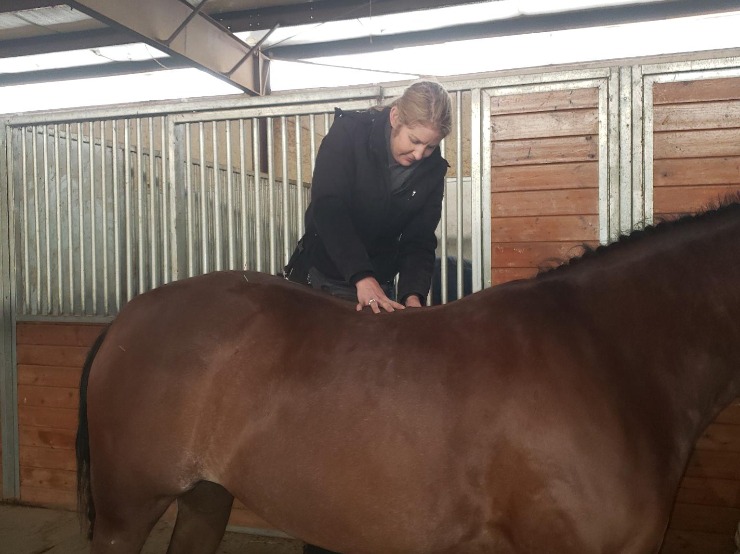

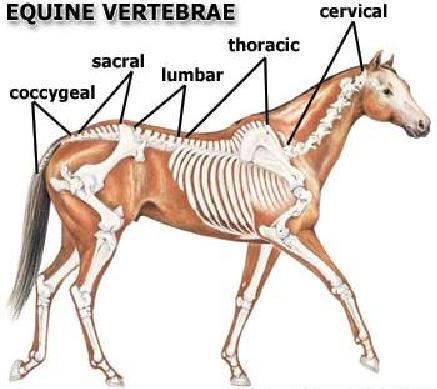
How can an animal as large as a horse be adjusted?
It is important to remember that adjustments are specific to a single joint within the spine. The entire horse is not being adjusted at one time. The force required to adjust a joint within the spine is no greater than that needed to manipulate a fetlock. Excessive force is not needed. Just as over-extension of the fetlock can result in arthritis, excessive force can result severe damage to the joints of the spine.
How many treatments will my horse need?
The answer depends on the severity of your horse's problems and his or her level of performance as well as an owner's commitment to home therapy. Long-standing problems usually require more treatments than acute problems. Young horses tend to recover flexibility faster than older horses. A specific treatment schedule cannot be outlined without evaluating the individual horse. Specific exercises and physical therapy are often prescribed for the owner to perform at home. Often, these exercises significantly decrease the need for repeated re-adjustments.
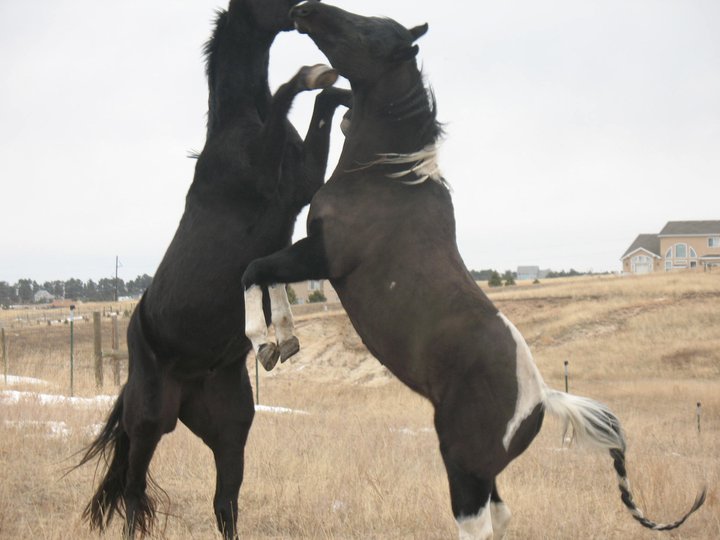
Acupuncture for Horses
Equine acupuncture is a complementary therapy that has its roots in traditional Chinese medicine (TCM) and has been practiced for thousands of years. Acupuncture involves inserting thin, sterile needles into specific points on the horse's body to promote healing, balance the body's energy flow, and alleviate pain and other symptoms.
Applications for Equine Acupuncture:
1. Pain relief: It can be beneficial for conditions like lameness, arthritis, and back pain.
2. Respiratory problems: Helps in conditions such as recurrent airway obstruction.
3. Digestive issues: Can be used for problems like colic or ulcers.
4. Neurological disorders: Conditions like facial paralysis or wobbler syndrome.
5. Reproductive issues: Helps in problems related to estrous cycles or infertility.
6. Muscle tension and spasms: Often used to relax tight or overworked muscles.
7. Supportive therapy: Can be beneficial when used alongside conventional treatments for conditions like laminitis or tendon injuries.
Principles:
1. Qi (Chi): Acupuncture is based on the concept of Qi, which is the life force or energy that flows through the body via pathways called meridians.
2. Yin and Yang: Balance between these two opposites is crucial for health. Disease or pain is thought to arise when there is an imbalance.
3. Acupuncture points (or acupoints) : Specific points on the horse's body that are associated with particular internal organs or systems. By stimulating these points, an acupuncturist can influence the function of the related organ or system.
Procedure:
1. Examination: Before starting, the acupuncturist will conduct a thorough physical examination of the horse, focusing on its pulse, tongue, and specific acupoints.
2. Needle insertion: Thin, sterile needles are inserted into specific acupoints. The sensation can vary from horse to horse, but many become relaxed during the procedure.
3. Needle manipulation: Once inserted, the needles may be manipulated manually or using electrical stimulation to enhance their effects.
4. Duration: Needles typically stay in place for 15-30 minutes.
Safety and Side Effects:
1. It is essential to ensure the practitioner is qualified to perform equine acupuncture.
2. Minor side effects can include temporary soreness at the needle site.
3. Rarely, there might be an infection or injury if not done correctly.
Conclusion:
Equine acupuncture can be a beneficial adjunct therapy for many conditions in horses. However, it is essential to approach it as part of a comprehensive veterinary care plan and always consult with a veterinarian before starting any complementary treatments.
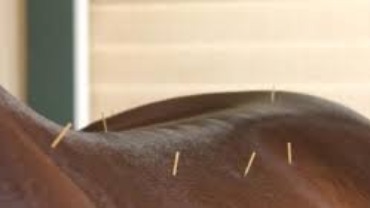
Laser Therapy
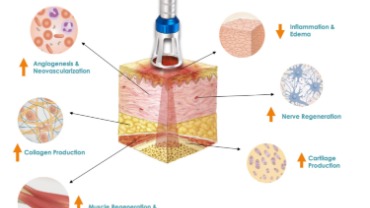
Class IV Laser
Class 4 laser therapy, also known as high-power laser therapy, has gained popularity in recent years for the treatment of various conditions in equine medicine. It is a non-invasive treatment option used to promote healing and reduce pain and inflammation.
Benefits and Uses:
1. Pain Relief: Laser therapy has analgesic effects which can provide pain relief for horses suffering from various conditions.
2. Inflammation Reduction: It can reduce inflammation, which can be beneficial for conditions like tendinitis, arthritis, and various soft tissue injuries.
3. Wound Healing: Lasers can promote faster tissue repair and can be used in the treatment of wounds, abrasions, or surgical incisions.
4. Increased Circulation: The treatment stimulates increased circulation to the treated area, which aids in the healing process.
5. Muscle Relaxation: Some horses may experience muscle relaxation following laser treatment.
Mechanism of Action:
Class 4 lasers work by delivering photons of light to the tissues. This light energy is absorbed by the cells, which promotes a process called photo-biomodulation. This process stimulates cellular activity, improves circulation, and accelerates the healing process. The high power of Class 4 lasers allows for deeper penetration compared to lower-class lasers, making it potentially more effective for treating deeper structures like tendons and joints.
Treatment and Protocol:
1. The area to be treated is identified, and depending on the horse's condition, the appropriate wavelength, power, and duration of treatment are determined.
2. The laser is then applied to the area in a sweeping or grid-like motion.
3. The number of treatments required and the frequency of treatments can vary based on the condition being treated.
Considerations:
1. Safety: It is crucial to ensure both the horse and the person administering the treatment are protected. Direct exposure to the laser beam can harm the eyes.
2. Contraindications: Laser therapy should not be used on malignant tumors, as it could potentially stimulate the growth of cancer cells. It is also advised to avoid using it directly over reproductive organs or the eyes.
3. Training: Proper training is essential to administer Class 4 laser therapy effectively and safely. Overexposure or incorrect usage might not provide the desired therapeutic effects or could potentially harm the tissue.
4. Cost: Class 4 lasers and their treatments can be quite expensive.
In conclusion, Class 4 laser therapy can be a beneficial adjunctive treatment for many conditions in horses. However, it is important to consult with an equine veterinarian or a specialist in equine rehabilitation to determine if it's appropriate for a specific horse and condition.
Shock Wave Therapy
Shock Wave Therapy
Equine shock wave therapy, also known as extracorporeal shock wave therapy (ESWT), is a non-invasive treatment option primarily used for musculoskeletal problems in horses. It has been used for several years in human medicine and was later adopted in veterinary medicine, particularly for equine patients:
Shock wave therapy produces high-energy sound waves (or acoustic waves) that create rapid pressure changes when they come into contact with tissue. The actual mechanism by which ESWT exerts its therapeutic effects:
1. Cellular Level Effects: The mechanical forces induced by the shock waves can stimulate cellular responses, including the release of growth factors and other signaling molecules. This may enhance tissue healing.
2. Increased Blood Flow: ESWT can increase blood circulation in the treated area, promoting tissue healing and regeneration.
3. Pain Modulation: The therapy can decrease pain, possibly by overstimulating nerve fibers or by releasing pain-reducing substances.
Applications in Horses:
1. Tendon and Ligament Injuries: It's commonly used for various tendon and ligament injuries, such as bowed tendons or suspensory ligament injuries. The therapy might help reduce inflammation, stimulate healing, and alleviate pain.
2. Bone Healing: ESWT may be used to stimulate bone healing, especially in cases of certain types of fractures.
3. Joint Diseases: Some veterinarians use shock wave therapy to treat arthritis or other joint problems, although the evidence for its efficacy in these cases is more limited.
4. Back and Muscle Pain: ESWT can be used for horses with sore backs or muscle pain, as it may help reduce muscle tension and alleviate pain.
Procedure:
1. The area to be treated is usually clipped and cleaned.
2. A coupling gel is applied to ensure good contact between the therapy probe and the skin.
3. The shock wave device is then used to deliver the prescribed number of shocks to the targeted area. The treatment itself is usually brief, often lasting only a few minutes.
Side Effects and Considerations:
1. Tenderness: The treated area might be tender or sore for a few days following the treatment.
2. Avoid Strenuous Activity: It's typically recommended to avoid strenuous activity for a few days post-treatment to allow the body to heal and respond.
3. Multiple Sessions: Often, more than one session (typically 2-3) is needed for optimal results.
4. Cost: ESWT is generally more expensive than some other treatments, but it can be cost-effective if it reduces the overall recovery time or improves the outcome for the horse.
It is essential to note that while ESWT can be a valuable tool in the management and treatment of specific equine conditions, it should be used as part of a comprehensive treatment plan and under the guidance of a veterinarian familiar with the therapy.
Equine chiropractic care is a complementary treatment modality used to address musculoskeletal issues in horses. It involves manual manipulation of the spine and other joints to maintain or restore normal biomechanical function. This practice is derived from human chiropractic techniques but adapted for the unique anatomy and biomechanics of horses.
Benefits:
1. Pain Relief: Adjustments can help relieve pain resulting from misaligned vertebrae or joint restrictions.
2. Improved Performance: Athletes (like racehorses or show jumpers) may see improvements in performance after adjustments.
3. Increased Range of Motion: Manipulations can help increase flexibility and movement in joints.
4. Preventative Care: Regular adjustments can prevent potential issues from becoming bigger problems.
5. Enhanced Healing: By restoring proper nerve function, chiropractic care can potentially aid in the healing of various conditions.
Indications:
A horse may benefit from chiropractic care if it shows:
1. Behavioral changes or sudden aversion to being ridden.
2. Stiffness or decreased range of motion.
3. Asymmetry, such as uneven gait or muscle atrophy on one side.
4. Difficulty executing movements that were previously easy.
5. Signs of pain when the back or neck is touched.
Procedure:
A certified equine chiropractor will start by taking a detailed history and performing a thorough physical examination of the horse. This includes watching the horse move, checking for any asymmetry or gait abnormalities, and palpating the spine and limbs. If misalignments or restricted movement in any joints are detected, specific manual adjustments will be applied.
Dr. Sandi's BLOG
Make the most of the time with your horse.
Making the most of the time with your horse. There are three simple things that you can easily incorporate into your routine time with your horse to strengthen your bond and…
January 6, 2024
Flax Seed and the Health of our Horses.
Flaxseed is a popular supplement for horses due to its many potential health benefits, easy accessibility, and relatively low cost. It benefits more body systems for a lower…
October 26, 2023
Unveiling the Benefits of Equine Chiropractic Care: A Holistic Approach to Equine Well-being
Horses are not just magnificent creatures; they are also remarkable athletes. These majestic animals work tirelessly, competing in various equestrian disciplines and providing us…
September 21, 2023
CONTACT US
Call Or Text 719-726-9440
Please Feel Free to fill out the contact email form
and we will get back to you as soon as we can.
